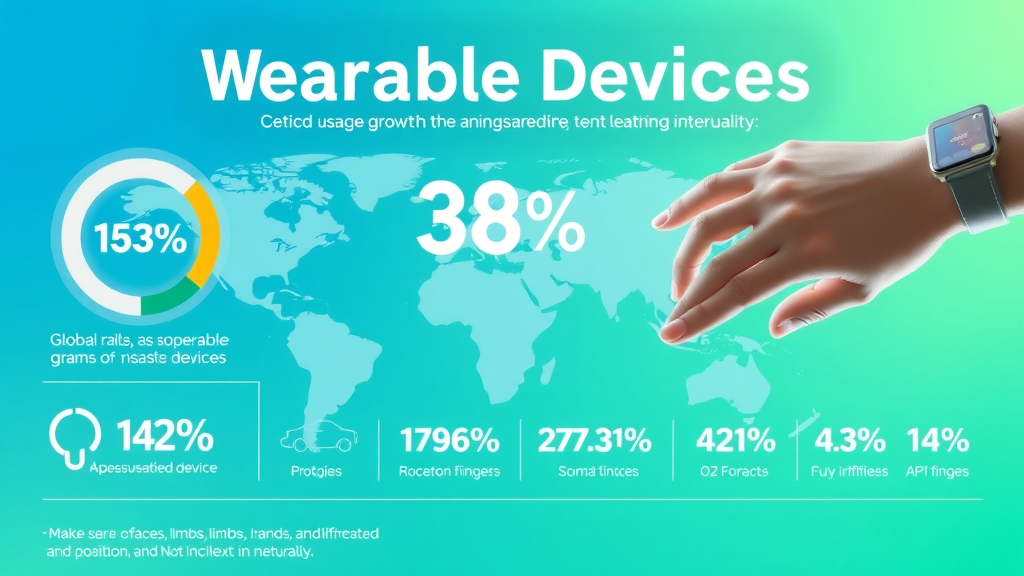It’s just before noon on a typical August day in Orlando. The air feels more like a heavy blanket than a gentle breeze, as sunlight bounces off every surface and sweat beads on your brow the moment you step outside. Then, as if on cue, the sky darkens, delivering a swift afternoon rainstorm that drenches the pavement and fades as quickly as it came. Here, in the heart of Central Florida, extreme heat, lush humidity, and sudden downpours are more than quirky weather patterns—they’re a way of life.
Yet, these shifting conditions don’t have to work against your well-being. By understanding Orlando’s unique climate and taking proactive steps, you can turn what some see as hurdles into a blueprint for thriving health. From managing hydration and beating the heat, to adapting exercise routines and protecting your mental wellness, the strategies you’ll find here are tailor-made for life in this sunny, stormy paradise.

Understanding Orlando’s Climate
Orlando’s weather is a year-round balancing act between warmth, humidity, and moisture. Summers regularly top 90°F, and even winter days usually hang comfortably in the 70s and 80s. It’s not just the heat; it’s the combo of temperature and humidity that can leave you feeling wilted by midday. Add in a strong UV index for much of the year, plus pop-up thunderstorms that roll in and out like theater scenes, and you’ve got a dynamic climate that demands adaptability.
This environment can influence your health in subtle and not-so-subtle ways. Persistent humidity can sap your energy and spur dehydration. Allergens swirl, from pollens in spring to molds after summer storms, and seasonal shifts may even impact mood and mental health. But with knowledge on your side, these challenges become manageable puzzles to solve rather than barriers to well-being.
Seasonal Wellness Strategies

Summer Survival:
From June through September, plan your outdoor activities in the early morning or late afternoon, when the air is cooler and gentler on the lungs. Hydration is your superpower—drink more water than you think you need, and consider electrolyte-rich beverages. Opt for UV-protective clothing, wide-brimmed hats, and sunglasses to shield your eyes and skin. Embrace air conditioning when necessary, but don’t rely on it entirely. A mix of indoor exercise classes and carefully timed outdoor adventures will keep you active without overheating.
Storm Season Preparedness:

When hurricane season rolls in, wellness goes beyond just boarding up windows. Stock an emergency kit with first-aid essentials, extra medications, non-perishable foods, and clean water. Know where to find local shelters, cooling centers, and how to stay informed through local alert systems. Mentally, have a plan in place—whether it’s calling a friend for support, practicing calming breathing techniques, or having a stash of comforting activities ready. After storms pass, check your home for mold, ensure your drinking water is safe, and ease back into outdoor routines slowly.
Winter and Spring Adjustments:
While milder, these seasons still present their quirks. Temperatures can swing, so layer clothing to stay comfortable. Allergies often peak in spring; try monitoring local pollen reports, scheduling outdoor activities for lower-count times, and using air purifiers at home. Cooler months can be ideal for midday walks—the sun’s still strong, so don’t skip sunscreen—but you’ll enjoy gentler air and less sweat.
Year-Round Health Essentials
Mastering Hydration:
Orlando’s climate demands more than a casual sip of water now and then. Aim for 8–10 glasses a day, adjusting as you sweat more. Consider natural hydration boosters like coconut water or juicy fruits, and know the signs of dehydration—headaches, dizziness, sluggishness—so you can address them promptly.
Beyond Sunscreen:
SPF is non-negotiable, but don’t stop there. Wide-brimmed hats, UV-protective clothing, and seeking shade during peak midday hours all help maintain healthy skin long-term. Schedule outdoor play or exercise for early mornings or late afternoons, when the UV index is less intense. Regular dermatologist visits can help catch any skin concerns early.
Exercise Adaptation:
Running at noon in July might sound heroic, but it’s risky in Orlando’s heat. Shift high-intensity workouts to the cooler hours. Wear moisture-wicking clothes, carry a cold towel for your neck, and listen to your body’s cues. Indoor cycling, swimming in shaded pools, or practicing yoga in a well-ventilated room can keep you active without overwhelming your system.
Creating a Healthy Home and Yard

Indoor Haven:
Your home can be a wellness retreat. Keep humidity in check with dehumidifiers and good ventilation, and change A/C filters regularly. Houseplants that thrive in warm, humid conditions can help purify indoor air. Arrange furniture for good airflow and consider energy-efficient fans to reduce dependence on air conditioning.
Outdoor Oasis:
Design shady outdoor spaces with umbrellas, pergolas, or strategically planted trees. Eliminate standing water to discourage mosquitoes. If you garden, choose native plants that provoke fewer allergic reactions. With thoughtful landscaping and comfortable outdoor furniture, your backyard can feel like a private resort—not just another sweltering spot.
Caring for Special Groups
High temperatures and humidity affect everyone, but certain groups need extra care. Elderly residents, young children, pregnant women, and those with chronic conditions should limit time in extreme heat and ensure medications are stored at proper temperatures. Athletes training for endurance events should build extra rest and hydration days into their regimens.
Mental Wellness and Weather Resilience
Orlando’s climate can influence mood: blazing summers may drain your energy, and storm threats can create anxiety. Build a mental health toolkit that fits your lifestyle—maybe you journal in the morning, take a cool shower to reset your mood, or learn relaxation exercises that ground you when storm warnings sound. If weather-related stress feels overwhelming, consider speaking with a local mental health professional who understands the community’s unique challenges.
Local Resources at Your Fingertips
Orlando is rich with support for staying healthy. Keep a list of nearby cooling centers, know which pharmacies stay open late, and follow local health and weather authorities on social media for timely updates. Join a neighborhood fitness group that meets at dawn, or attend workshops from local health educators on storm preparedness and allergy management. Lean on your neighbors—lifelong Floridians have often mastered clever tips for beating the heat and staying calm through storms.
 Add Row
Add Row  Add
Add 



Write A Comment